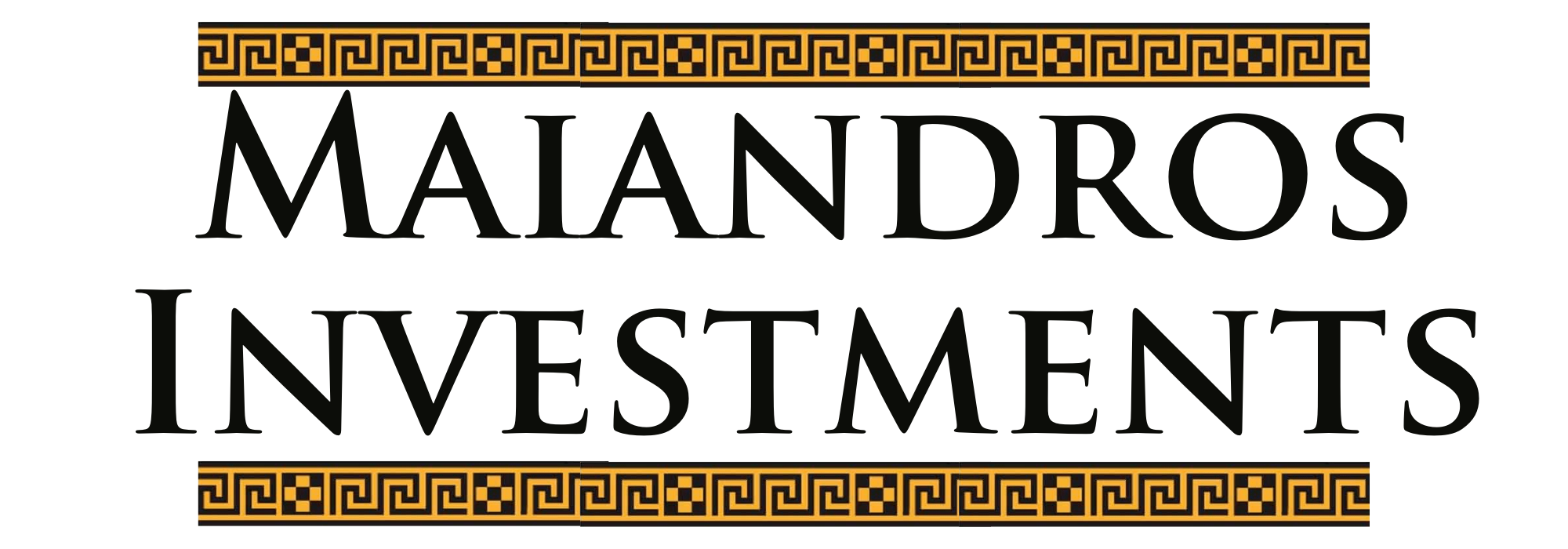Managing risks is essential for the success of any construction project. Key risks include financial issues, schedule delays, regulatory challenges, and operational hurdles like labor shortages and supply chain disruptions. To tackle these:
- Use Technology: Tools like Procore and Autodesk BIM 360 help track budgets, schedules, and compliance in real-time.
- Plan for Risks: Perform risk assessments, set contingency budgets, and prepare for unexpected challenges.
- Adopt Green Practices: Eco-friendly methods can reduce long-term costs and regulatory penalties.
- Improve Communication: Platforms like Buildertrend streamline updates and collaboration.
Quick Stats:
- 70% of projects face cost overruns.
- 60% experience delays due to labor, materials, or weather issues.
Identifying Common Construction Project Risks
Financial Risks in Construction
Money troubles are a major hurdle in construction, with about 70% of projects facing cost overruns [7]. These overruns stem from issues like labor shortages, fluctuating material prices, changes in project scope, and cash flow problems. Low wages and high worker turnover further strain budgets [1]. For projects focusing on sustainability, the financial strain increases due to the need for specialized materials and advanced technologies.
To make matters worse, these financial challenges often go hand-in-hand with delays, which push costs even higher and throw off project timelines.
Causes of Schedule Delays
Delays are another common issue, affecting roughly 60% of construction projects [7]. These delays are often caused by labor shortages, difficulties sourcing materials, unpredictable weather, and poor coordination. Addressing these problems requires tools like workforce management systems, diversifying supply chains, planning for weather risks, and using advanced project management software such as Fieldwire [5].
For sustainable projects, delays can be even more expensive due to the reliance on time-sensitive certifications or specialized contractors.
Regulatory and Compliance Risks
Regulatory hurdles – like building code violations, permit delays, zoning conflicts, and environmental compliance issues – can derail a project quickly. Sustainable projects face even stricter regulations, making proactive compliance a must. To tackle this, teams should conduct thorough research before starting a project and use tools like Buildertrend to streamline permit management and monitor compliance [5].
Practical Solutions to Mitigate Construction Risks
Using Project Management Tools
Modern platforms such as Procore simplify tasks like budget tracking, quality management, and team coordination, helping to minimize potential risks. Tools like Autodesk BIM 360 and Trimble Connect allow teams to detect design or structural issues early in the process, cutting down on expensive rework and delays [5].
While these technologies address operational hurdles, adopting sustainable methods can help mitigate long-term and compliance-related risks.
Adopting Green Building Practices
Incorporating eco-friendly practices in construction can help avoid issues like regulatory penalties and resource shortages. Examples include using energy-saving materials, implementing waste management systems, and adopting water conservation techniques. These practices not only align with environmental standards but also support staying on budget and on schedule.
Developing Risk Management Strategies
Managing risks effectively requires a structured approach that includes:
- Risk Assessment: Identify and evaluate potential financial, scheduling, and regulatory risks before breaking ground [7].
- Contingency Planning: Set aside budget reserves and prepare strategies to handle market fluctuations and unexpected project challenges.
- Monitoring and Control: Leverage tools like ProjectManager and StandardFusion to keep track of all project aspects and address risks as they arise [6].
| Risk Management Tool | Primary Function | Best Used For |
|---|---|---|
| ProjectManager | Real-time risk tracking | Large-scale projects |
| StandardFusion | Compliance monitoring | Regulatory requirements |
| RAID logs | Issue documentation | Daily risk assessment |
Case Studies: Lessons from Successful Projects
Examples of Successful Projects
The One Bryant Park building in New York City is a great example of managing risks effectively through sustainable construction. By incorporating advanced water conservation and energy-efficient technologies, the project minimized environmental risks and kept costs under control – all while sticking to a strict budget.
The Sydney Opera House renovation successfully used tools like Procore to manage its schedule, cutting delays by 15%. Real-time budget tracking helped save 10% on projected costs, and digital monitoring ensured the project met all regulatory requirements.
"Projects using advanced risk management tools and sustainable practices are more likely to stay on time and within budget." – Construction Industry Institute Study [8]
These projects show how combining technology with sustainable methods – concepts we’ve already discussed – can deliver clear results in managing risks.
Lessons Learned for Risk Mitigation
What do successful projects teach us? Early identification of risks, using the right technology, and adopting sustainable practices are crucial for avoiding delays, managing budgets, and staying compliant. Tools like Procore and real-time monitoring systems improve communication and help track issues, while green building techniques cut both environmental and financial risks.
Research from the Construction Industry Institute backs this up, showing that projects with well-rounded risk management approaches tend to outperform those using traditional methods [8]. For example, One Bryant Park demonstrates how sustainable methods not only meet environmental goals but also reduce operational costs after construction.
These examples emphasize the value of forward-thinking strategies and modern tools, offering a roadmap for effective risk management in construction.
sbb-itb-75505e6
Construction Project Risk Analysis
Best Practices for Construction Risk Management
Managing risks in construction requires taking proactive steps, maintaining clear documentation, and ensuring effective communication at every stage of a project.
Preventive Measures for Risk Management
Conducting regular safety audits is a key step in identifying potential hazards early and avoiding project delays. Industry experts highlight that safety training programs play a major role in reducing workplace incidents and keeping projects on track [1].
ServiceTitan‘s platform has shown real results in this area, cutting safety violations by 40% through features like automated tracking and real-time documentation [5].
"Effective project risk management plans involve a systematic and iterative process encompassing identification, analysis, mitigation and ongoing monitoring." – Deltek, Construction Risk Management: A Guide to Project Success [4]
While these preventive actions help manage risks upfront, having well-structured contracts is equally important for accountability and resolving disputes.
Importance of Clear Contracts
Evan Raymond from Maiandros Investments stresses that detailed contracts are essential for avoiding disputes. A good contract should include the following key elements:
| Contract Component | Purpose | Risk Mitigation Benefit |
|---|---|---|
| Scope Definition | Outlines deliverables and roles | Avoids scope creep and disputes |
| Payment Terms | Sets payment schedules and terms | Minimizes financial uncertainty |
| Change Order Procedures | Details modification processes | Keeps costs under control |
| Risk Allocation | Assigns responsibility for risks | Reduces liability arguments |
Using standardized contracts with clear clauses for risk allocation has been shown to reduce disputes by 30%, offering a reliable framework for managing potential issues [3].
Effective Communication with Stakeholders
Modern tools like Fieldwire and Buildertrend have transformed project communication. They offer features such as real-time updates, automated notifications, and progress tracking, making it easier to resolve issues quickly [5].
According to the Construction Industry Institute, platforms that integrate communication improve decision-making speed by 25%, helping stakeholders stay aligned with project goals [4]. Similarly, StandardFusion’s risk management module enables teams to track and address risks while maintaining open communication channels [6].
Conclusion: Key Takeaways and Actionable Insights
This section pulls together the main points and offers practical strategies for reducing risks in construction projects, based on the best practices discussed earlier.
Summary of Key Points
Modern digital tools make it easier to track risks accurately and resolve issues more quickly. Research shows that adopting structured risk management approaches can lower project uncertainties and lead to better results. For instance, using standardized contracts has been shown to cut disputes by 30% [3], while improved communication methods can speed up decision-making by 25% [4].
"Effective risk management is not just about identifying potential risks but also about implementing key strategies within the construction risk management framework to fortify projects against uncertainties." – Deltek, Construction Risk Management: A Guide to Project Success [4]
Actionable Steps for Developers and Investors
Here are some strategies developers and investors can adopt to better handle construction risks:
| Risk Management Component | Implementation Strategy | Expected Outcome |
|---|---|---|
| Technology-Driven Monitoring | Use real-time tracking and integrated safety systems | Fewer violations and quicker issue resolution |
| Contract Management | Employ standardized contracts with clear risk-sharing terms | 30% fewer disputes |
| Stakeholder Communication | Leverage digital platforms for seamless collaboration | 25% faster decision-making |
Evan Raymond emphasizes the value of early risk assessments and the use of integrated communication tools to achieve better project results.
Platforms like Buildertrend offer real-time updates, helping teams address problems early. Tools such as StandardFusion provide ongoing risk tracking and promote clear communication among stakeholders. Adding eco-friendly practices to risk management plans not only ensures compliance but also boosts project sustainability and investor trust.
FAQs
How to mitigate risks in construction projects?
Here are some effective ways to handle risks in construction projects:
| Risk Management Component | Key Actions | Expected Results |
|---|---|---|
| Risk Assessment & Monitoring | Perform evaluations and use digital tools | Spot issues early and act quickly |
| Safety Programs | Conduct regular audits and provide training | Fewer workplace accidents |
How to control cost overruns in construction projects?
Keeping costs in check requires careful management throughout the project. Here’s how:
-
Project Planning
- Perform feasibility studies to identify potential challenges
- Develop detailed schedules to guide the project
- Set aside contingency funds based on past projects
-
Digital Tracking
- Use real-time financial monitoring tools
- Leverage integrated platforms for managing various project aspects
- Continuously track budget deviations and adjust as needed
How can clients and GCS avoid delays and/or cost overruns in construction projects?
Studies show that using well-rounded management strategies can improve project timelines by up to 25% [2]. Here’s what works:
- Keep stakeholders informed with regular updates using digital tools
- Perform risk assessments and prepare contingency plans
- Use historical data to create realistic timeline estimates
- Monitor progress in real-time with project management software

